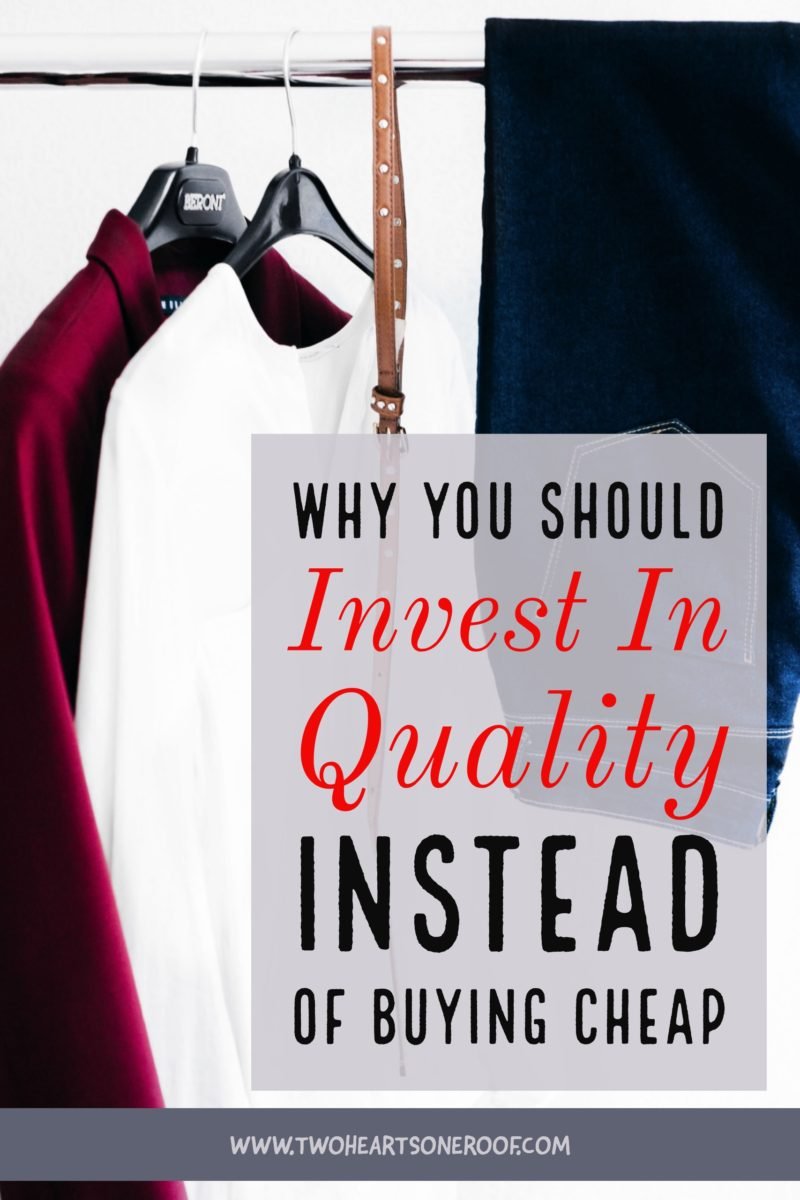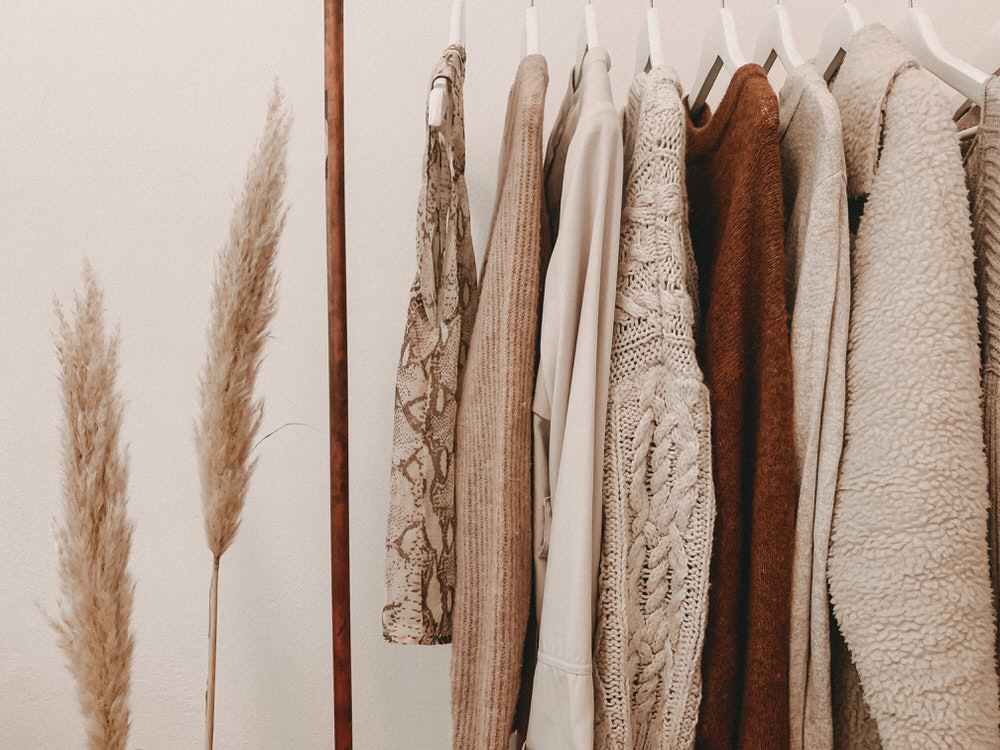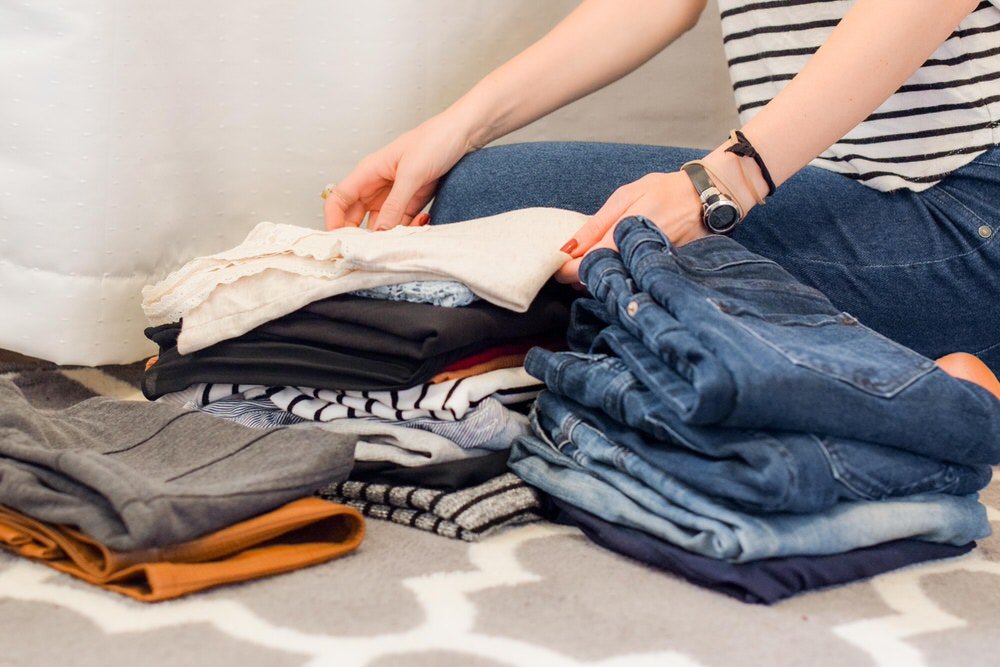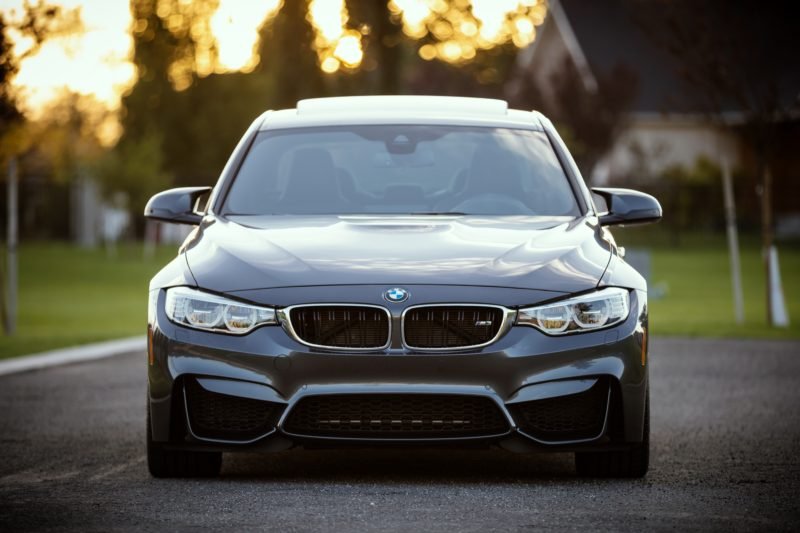In life, we constantly have to buy new things. Whether it be a new pair of shoes, because you’ve worn holes in your current set; or a new washing machine, because that free one your mum gave you when you moved out is older than you, and has broken down. Whenever you have to make a purchase, it’s tempting to try and save a little bit of money by buying something that will ‘do the job’.
However, with certain items your bargain purchase ends up being far less of a bargain then you had planned for. It gets destroyed far quicker than you anticipated and you end up forking out for another one, or you finally swallow your pride and buy the more expensive option you tried to avoid the first time. Below are a few examples of things you could probably skimp on, but shouldn’t.
 Clothing and Shoes
Clothing and Shoes
Clothes, and especially shoes, are items it can be very tempting to cut the budget on. But investing in good quality shoes can make a fantastic difference to your day to day living. Whether you are in a profession that requires you to be on your feet all day, or you have a desk job, your shoes are the foundation you build your working day around. Bad quality shoes can wear too quickly, and unevenly, causing potential problems for your feet and posture.
Buying cheap clothes can be a false economy too. Those cheap t-shirts may seem like the answer to your stylistic prayers, but when the colours fade and run in the wash, and they no longer fit because they’ve shrunk, you’ll wish that you never bought them. It is better to spend a little extra on quality designer tops that won’t shrink and will actually last you many years.
The same can be said of overcoats; cheaper alternatives tend to be very thin and contain no lining or waterproofing. Buying quality ensures that you stay warm and dry when the bad weather hits. It’s also a good idea to assess your high street shopping habits and remember that a lot of the clothes sold are coming from the same factories whether they are Primark or Zara. Often the quality is exactly the same you are simply paying for a brand label.
Whereas often when buying more expensive items they are made using higher quality fabrics, that are meant to last you a lifetime – not just a couple of months. As they say – “you get what you pay for” – and in the case of clothing and shoes, this is more often than not the case.
Since doing my KonMari I have been looking more and more at quality clothing rather than cheap and fast fashion. Buying 1 good quality jacket that costs a bit more but will last me years is better than buying a cheap one that will need replacing every year. Think quality over quantity.
But buying quality doesn’t have to be expensive. If you are a savvy shopper and keep an eye out for great second hand buys, sales and discounts in stores, or outlets like the Schuh Imperfections outlet, then you can grab a quality high brand item at a fraction or the RRP price.
 Technology
Technology
The new advances in technology always sound so tempting, until you see the price tag. Whilst it’s true that new inventions typically command a premium over older technology, it does so for a reason: It simply performs better. Whether you are looking into buying a replacement camera, or you need a new fridge, you should always compare like for like, and take the spec sheet into account when deciding on your purchase.
You should also consider your needs. Whilst having a 65-inch 4K definition TV might command certain bragging rights; if all you’re doing is watching the news and your favourite soaps, is such a large TV really a worthwhile use of your money? Probably not. But even if you have a set budget for your next technological purchase, you should be wary of getting drawn in by a list of flashy specifications.
When comparing two products at similar prices, you could find yourself thinking that the one with the longer list of features is the obvious choice. However, the initial elation of finding a bargain could be short-lived when you discover that the build quality is not up to scratch. Never confuse quality with flashiness. With top-level products, the two might be one and the same, but when looking at more mid-range options, it might be an easy mistake to make.
 Cars
Cars
We all have our dream cars, and some lucky individuals may even get to own theirs. However, for the rest of us mere mortals, we have to make do with compromising slightly. This is largely down to budget. Now some people may not be too interested in flashy cars, and just want something that can get them from A to B, which is fine. However, just because you aren’t interested in owning cars from more prestigious manufacturers doesn’t mean you should actively look at the opposite end of the spectrum. Browsing the classifieds, there are plenty of bargain used motors that may seem tempting, especially when you see the likes of luxury Jaguars and Mercedes-Benz going for just a few thousand.
Be warned though, looking at the bottom rung of the car market could find yourself buying into a very costly experience. Buying a new or nearly new car is a much wiser option. The initial outlay may be a little more than some of the tempting examples you’ve been perusing already, but for that extra money upfront you get cheaper running costs, decreased risk of component failure, increased safety, and usually cheaper tax and insurance to boot.
We rely on our cars to get us around for day to day life, and to transport us to our much-needed places of work and back – so they should be thought of as an investment rather than a one time splurge. When you think about how much you use your car, it should seem a smart idea to go for a newer model that is going to be more reliable and sustainable, than a cheaper option that you may find you have to replace a lot quicker than you thought – due to a dodgy cambelt or worn-out suspension. You should also consider your future wants when looking to buy a car. It’s no good going for a two-seat convertible if you’ve always wanted a big family. Think long-term: go for quality, endurance, and more space than you need.
Hopefully, this has helped you to consider the advantages of saving for luxury rather than going for the cheapest option, helping you to have more money in your pocket in the long run.
*This is a collaborative post*


 Clothing and Shoes
Clothing and Shoes Technology
Technology Cars
Cars